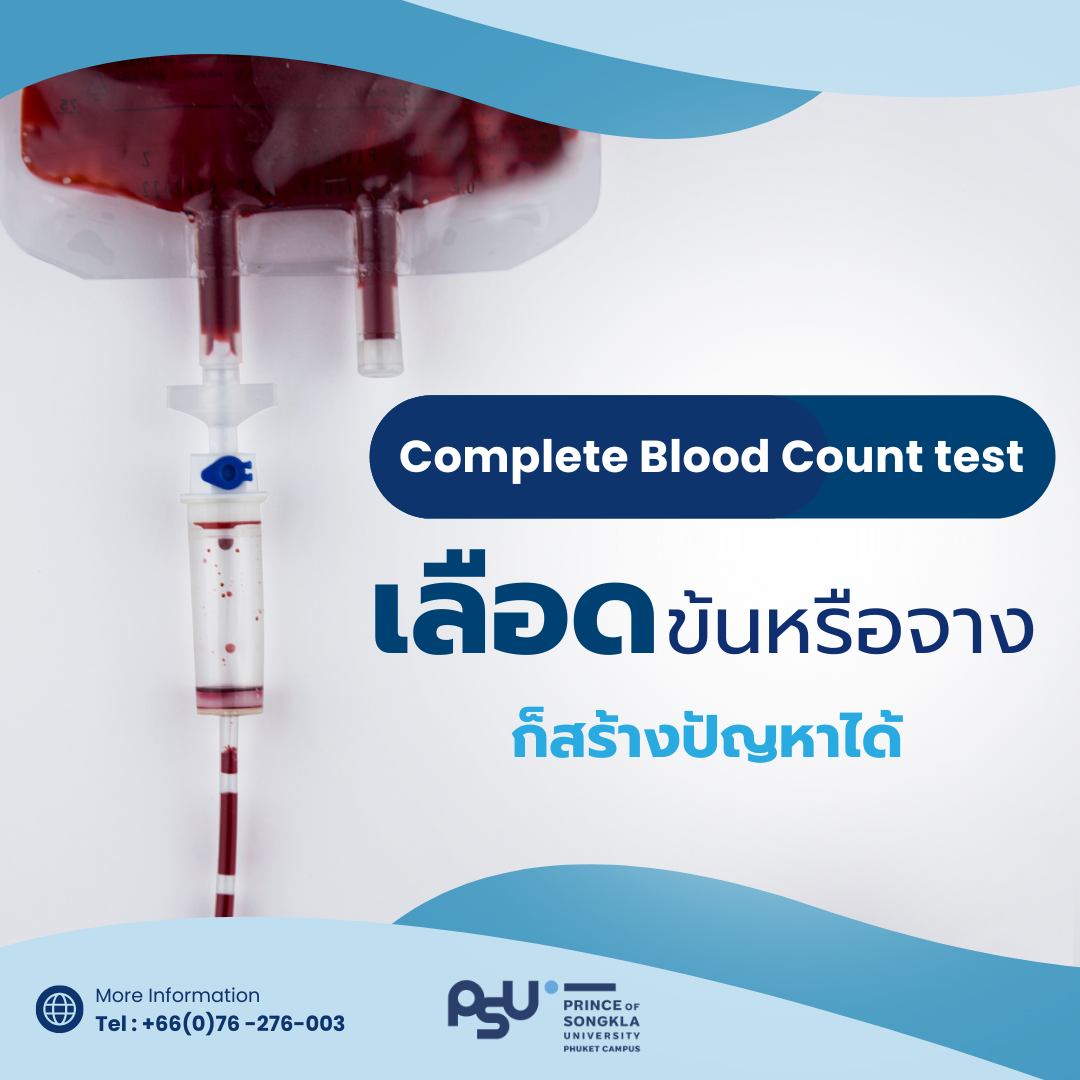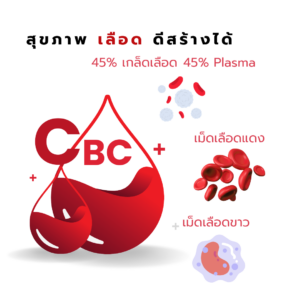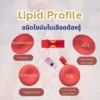A complete blood count (CBC) is a common blood test that provides important information about the types and numbers of cells in your blood, including red blood cells, white blood cells, and platelets. This test can help detect a variety of disorders and conditions, such as anemia, infection, and leukemia.
CBC testing is recommended for various reasons, such as monitoring overall health, investigating unexplained symptoms like fatigue or weakness, or as part of a routine health check-up. It can be ordered by healthcare providers, including doctors, nurse practitioners, or physician assistants.
Key Components of a CBC:
-
White Blood Cell (WBC) Count:
- Normal Range: 4,500 to 11,000 cells/mcL
- Elevated WBC Count (Leukocytosis): May indicate an infection, inflammation, or other underlying conditions.
- Low WBC Count (Leukopenia): May suggest increased susceptibility to infections or immune system disorders.
-
Red Blood Cell (RBC) Count:
- Normal Range:
- Men: 4.5 million to 5.9 million cells/mcL
- Women: 4.1 million to 5.1 million cells/mcL
- High RBC Count (Erythrocytosis): May be due to dehydration, polycythemia vera (a blood disorder), or high altitude exposure.
- Low RBC Count (Anemia): Can result from blood loss, iron deficiency, vitamin deficiencies, or certain chronic diseases.
- Normal Range:
-
Hematocrit (Hct):
- Normal Range:
- Men: 40% to 55%
- Women: 35% to 47%
- High Hematocrit (Polycythemia): Similar to high RBC count, indicating increased red blood cell volume.
- Low Hematocrit (Anemia): Suggests a decrease in the proportion of red blood cells in the blood.
- Normal Range:
-
Hemoglobin (Hgb):
- Normal Range:
- Men: 13.0 to 17.5 grams/dL
- Women: 12.3 to 15.3 grams/dL
- High Hemoglobin (Polycythemia): Correlates with high hematocrit and red blood cell count.
- Low Hemoglobin (Anemia): Indicates reduced oxygen-carrying capacity of the blood.
- Normal Range:
-
Mean Corpuscular Volume (MCV):
- Normal Range: 80 to 100 fL
- High MCV (Macrocytosis): May be associated with vitamin B12 deficiency, liver disease, or certain anemias.
- Low MCV (Microcytosis): Often seen in iron deficiency anemia, thalassemia, or chronic inflammatory conditions.
-
Mean Corpuscular Hemoglobin (MCH):
- Normal Range: 27 to 33 picograms (pg)
- High MCH (Hyperchromia): May indicate macrocytic anemias or hemoglobinopathies.
- Low MCH (Hypochromia): Often associated with microcytic anemias like iron deficiency anemia.
-
Mean Corpuscular Hemoglobin Concentration (MCHC):
- Normal Range: 32 to 37 g/dL
- High MCHC: May be seen in hemoglobinopathies or spherocytosis (a red blood cell disorder).
- Low MCHC: Often associated with microcytic anemias with low hemoglobin content.
Additional Considerations:
-
Platelet Count:
- Normal Range: 150,000 to 400,000 cells/mcL
- High Platelet Count (Thrombocytosis): May indicate inflammation, infection, or cancer.
- Low Platelet Count (Thrombocytopenia): Can increase bleeding risk and may be due to various causes.
-
Differential White Blood Cell Count:
- Provides a breakdown of different WBC types, such as neutrophils, lymphocytes, monocytes, eosinophils, and basophils.
- Variations in differential counts can help identify specific infections or immune system disorders.
Remember, interpreting CBC results requires expertise and consideration of your medical history, symptoms, and other clinical findings. Consult your doctor to understand your CBC results and discuss any necessary treatment or monitoring.











